The year began on an optimistic note: Covid restrictions had all but eased, car sales across Europe were on the up and it seemed like each week brought news of a car maker’s encouragingly ambitious electric transformation strategy.
But even the most tuned-in industry strategist would have struggled to predict the geopolitical events that have shaken the industry – and the global economy – to its core over the past 12 months.
Russia’s invasion of Ukraine set in motion a chain of events that has affected almost every facet of the automotive industry, from the availability of wiring harnesses to the cost of energy in car production and right down to the very ability of the consumer to purchase a car in the first place. And there’s no escaping the ongoing effects of Brexit, the upheaval wrought by mandated electrification schemes and a drastic shift in consumer habits – all of which are conspiring to alter the automotive landscape at an unprecedented pace.
Increasing new car prices

Like most global market phenomena in recent times, the substantial hike in the average cost of a new car can be traced back to the beginnings of the Covid pandemic in early 2020.
Back then, demand for new cars plummeted and the producers of crucial semiconductor processing chips turned their attentions to supplying the more lucrative consumer electronics market. With their output thus reduced, car makers by and large shifted focus to building and selling their most profitable cars, which naturally pushed prices up.
Add to that the impact on manufacturers of higher energy costs and rapid inflation, plus hybrids and electric cars (which car makers must make and car buyers must buy) are simply more expensive to engineer and produce, meaning they command higher list prices.
All of which, ultimately, is how we arrive at today’s reality of a £100,000-plus electric version of the Volvo XC90. The Dacia Sandero was the cheapest car on sale this time two years ago at £7995. Today? It still is, but the entry-level car costs £12,350.
It’s not just list prices, either. Data gathered by Autocar sibling title What Car? revealed a 12.4% increase in the monthly cost of a new car in the 12 months to September 2022, but eight brands had hiked PCP costs by more than 20% and Peugeot by 36%.
Rising wait times for new car orders
As well as shelling out much more money for new cars, consumers are being forced to wait far longer to get them on their driveways, as manufacturers grapple with towering order backlogs amid the supply chain crisis.


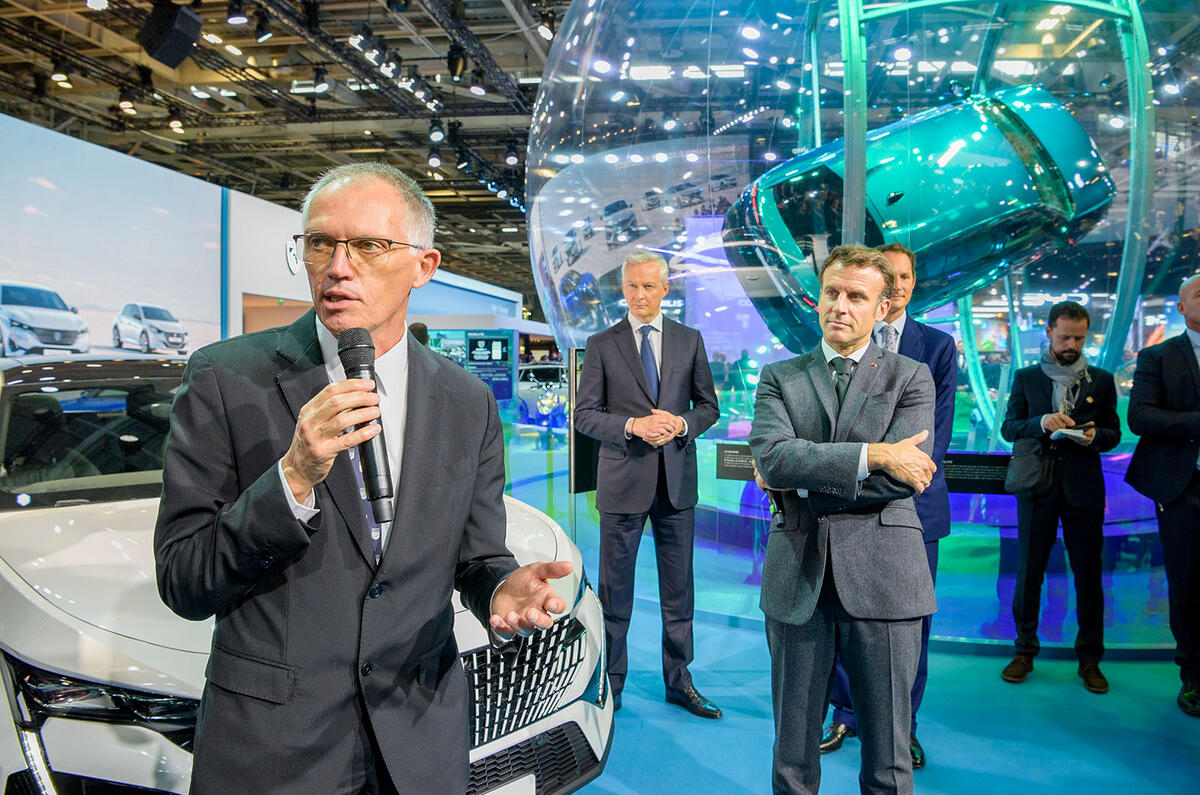

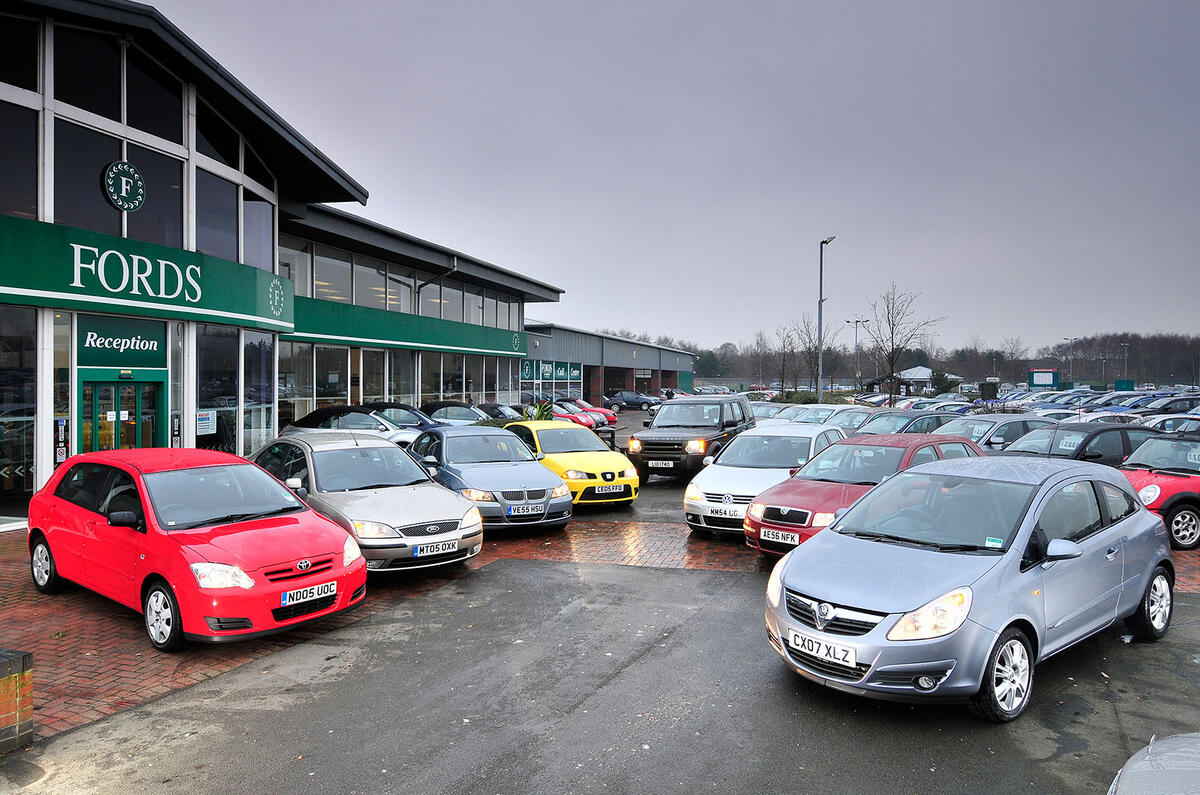
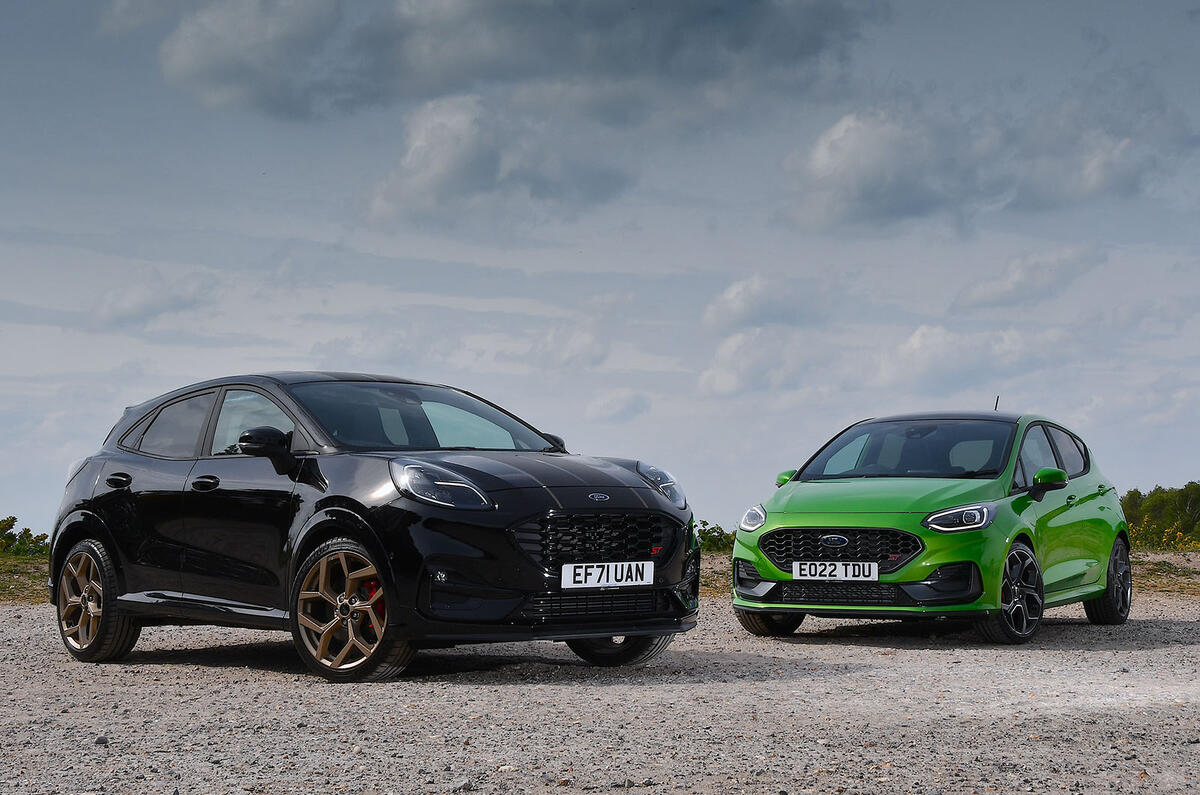
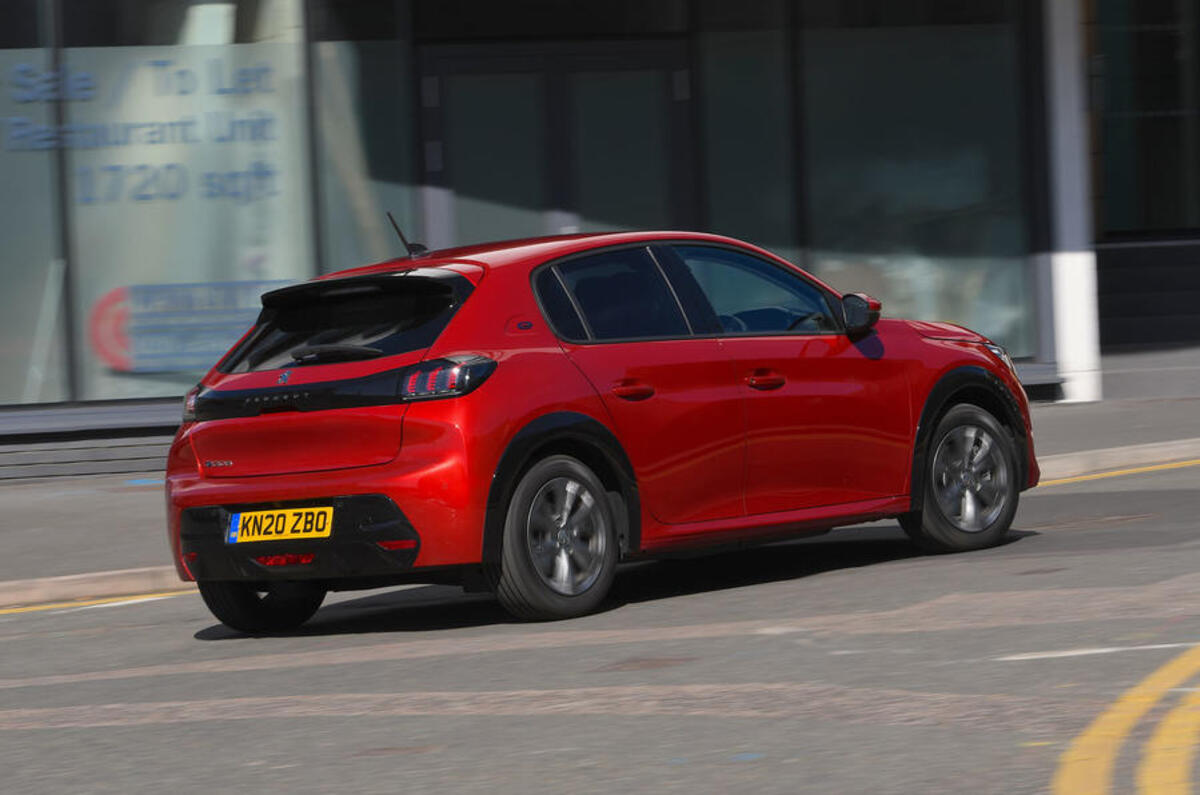

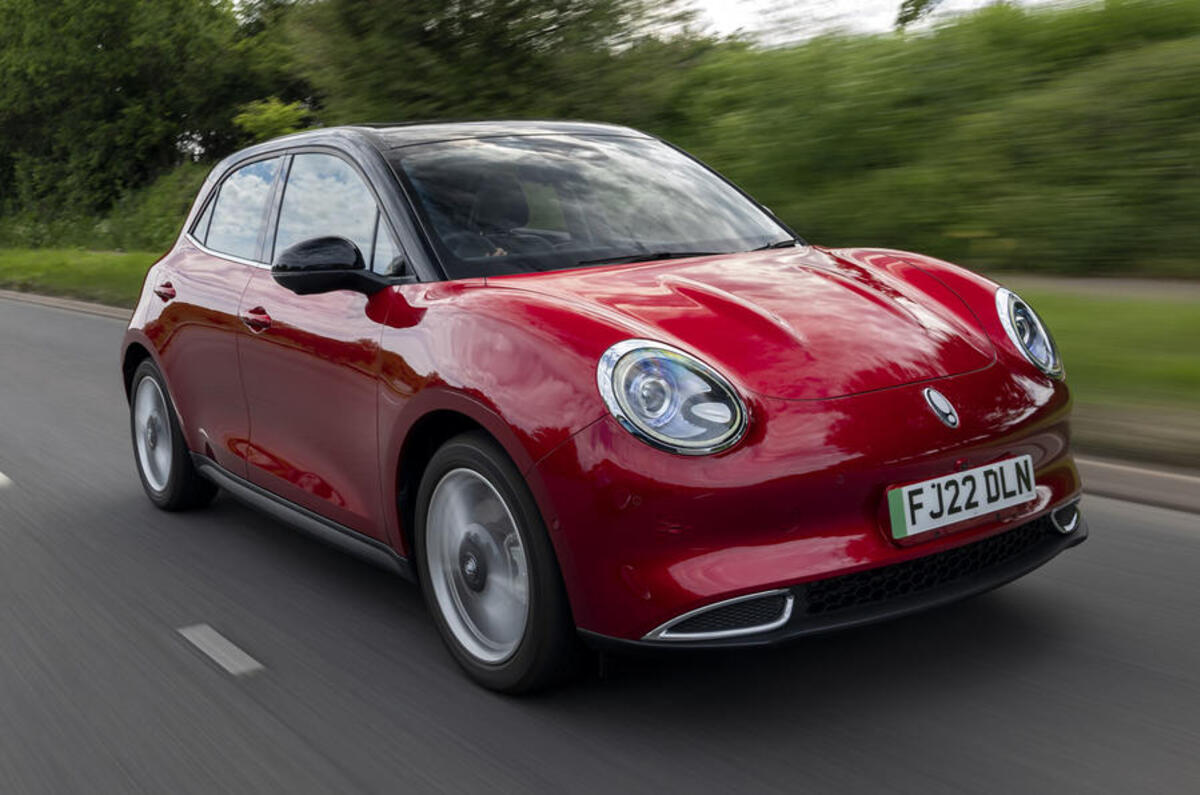
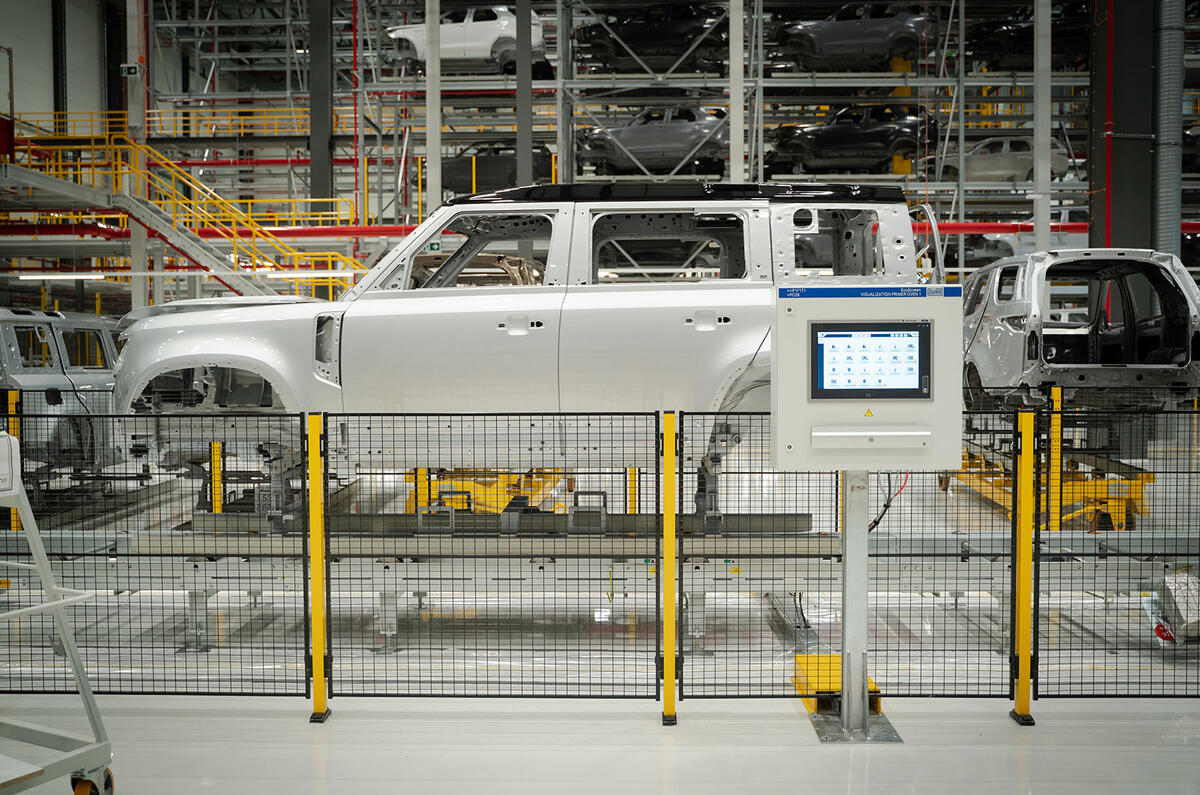
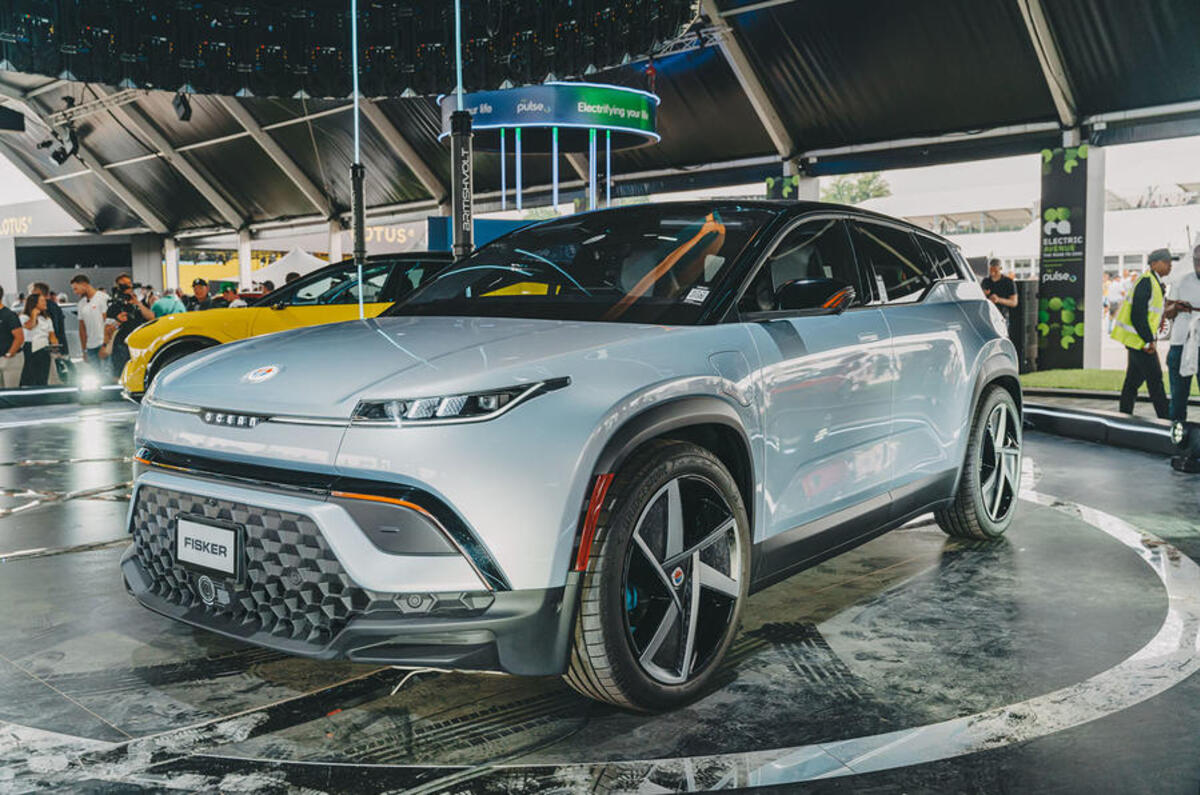




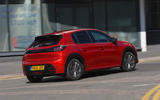

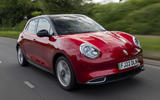
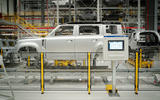
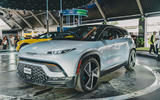














Add your comment